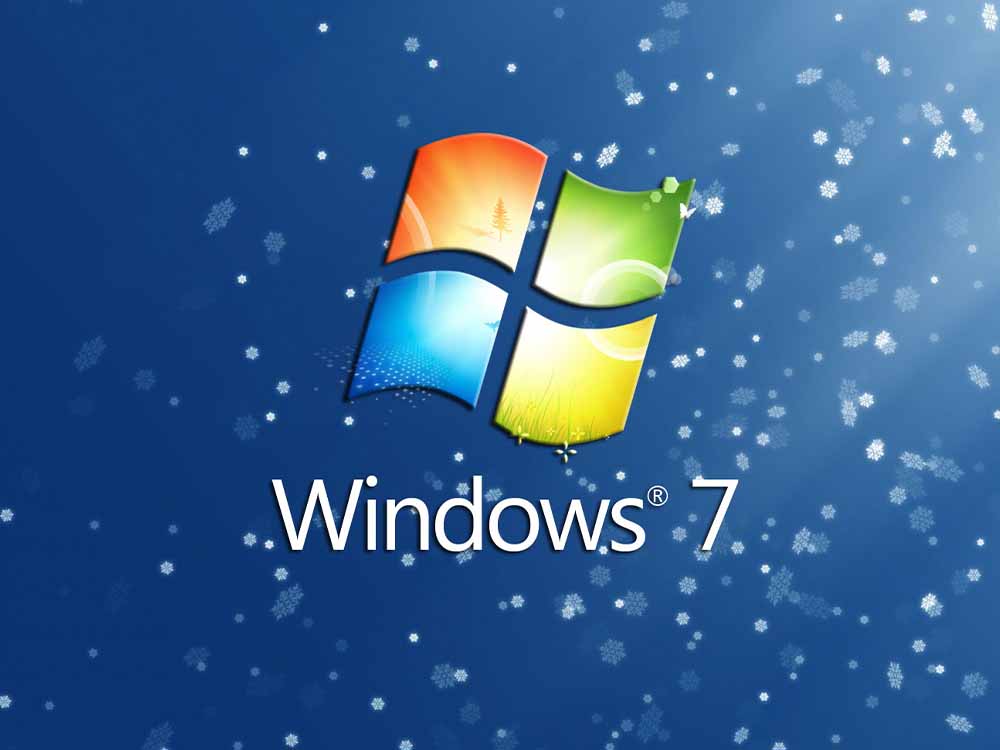Windows 7’s Groundbreaking Debut in 2009
In 2009, Microsoft introduced Windows 7, a revolutionary operating system that marked a significant leap forward in terms of performance, user interface, and overall computing experience. The release of Windows 7 was a pivotal moment for Microsoft, addressing many of the shortcomings of its predecessor, Windows Vista.
Enhanced User Interface and Desktop Experience
Windows 7 brought a sleek and polished user interface to the forefront. The Aero Glass design, taskbar improvements, and the introduction of the Snap feature for window management enhanced the overall desktop experience. Users praised the streamlined and visually appealing design, a departure from the criticized interface of Windows Vista.
Improved Performance and Stability
One of the key highlights of Windows 7 was its focus on improving performance and stability. The operating system was optimized to run efficiently on a range of hardware configurations, making it accessible to a broader audience. Windows 7 addressed resource management issues that plagued Vista, providing a more responsive and reliable computing environment.
New Features and Functionality
Windows 7 introduced several new features that became integral to the user experience. The Libraries feature streamlined file organization, while HomeGroup simplified network sharing among devices. The revamped Windows Media Center offered an enhanced entertainment hub, and the inclusion of DirectX 11 brought improvements to gaming graphics. These additions showcased Microsoft’s commitment to providing a versatile and feature-rich operating system.
Positive Reception and Market Adoption
Windows 7 received widespread acclaim from users and critics alike. Its positive reception was a stark contrast to the mixed reviews that Windows Vista had faced. Users appreciated the improved performance, intuitive interface, and the overall stability of the operating system. This positive sentiment translated into rapid market adoption, with many users upgrading to Windows 7 or purchasing new devices with the operating system pre-installed.
Conclusion:
Windows 7’s debut in 2009 marked a turning point for Microsoft, redeeming the reputation that had been marred by Windows Vista. The operating system’s enhanced user interface, improved performance, and the introduction of new features contributed to its widespread adoption and positive reception. Windows 7 not only addressed the shortcomings of its predecessor but also set a new standard for operating systems that would influence Microsoft’s approach in the years to come.











